Simple process transforms PET plastic into a nanomaterial for supercapacitors
Green Car Congress
AUGUST 14, 2020
UC Riverside (UCR) engineers have developed a way to recycle PET (polyethylene terephthalate) plastic waste, such as soda or water bottles, into a nanomaterial useful for energy storage. An open-access paper on the work is published in the journal Energy Storage. Mihri Ozkan & Cengiz Ozkan/UCR).

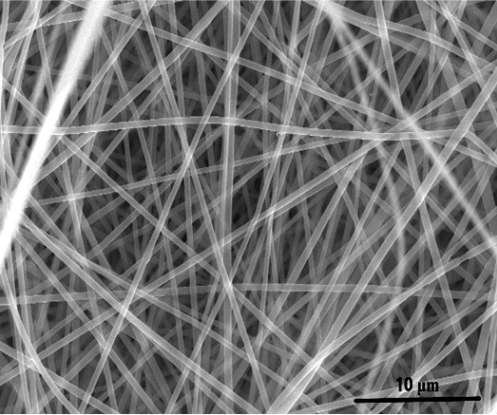






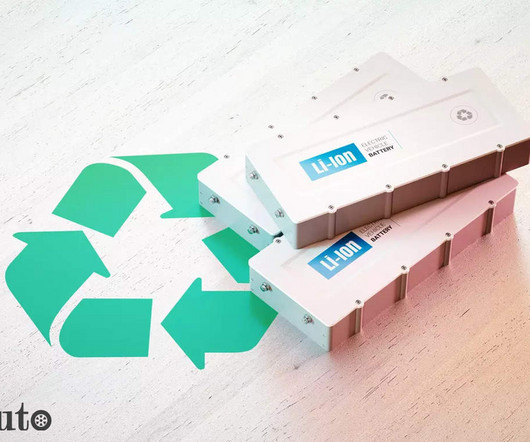




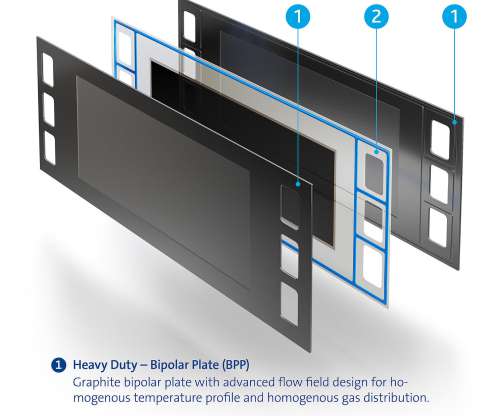


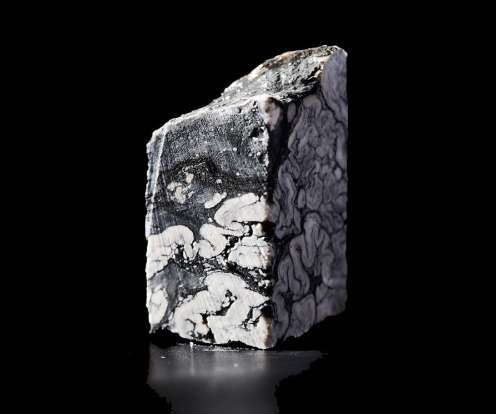
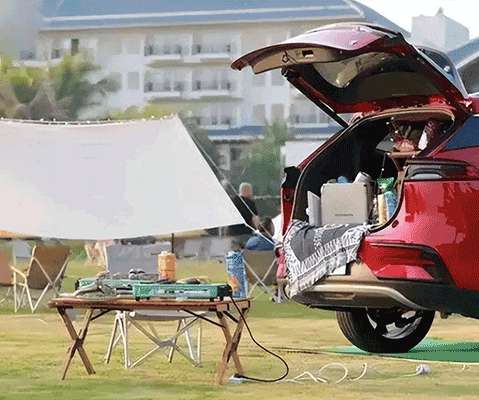
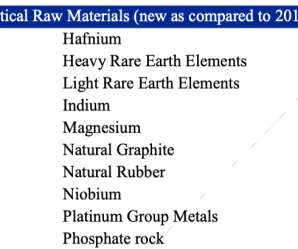


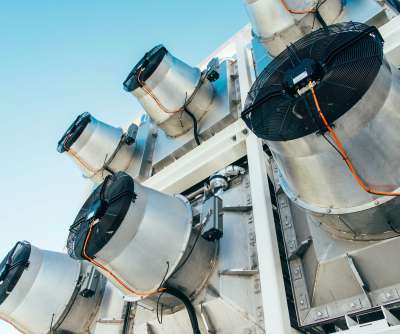



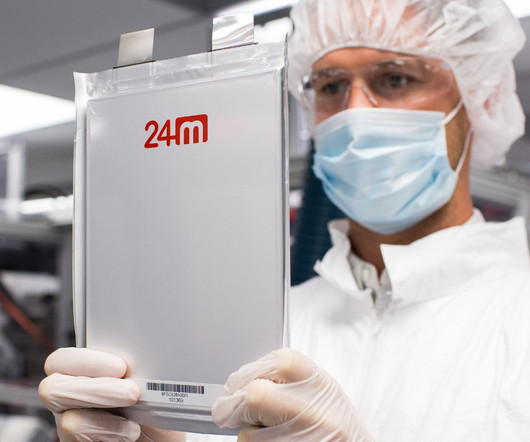





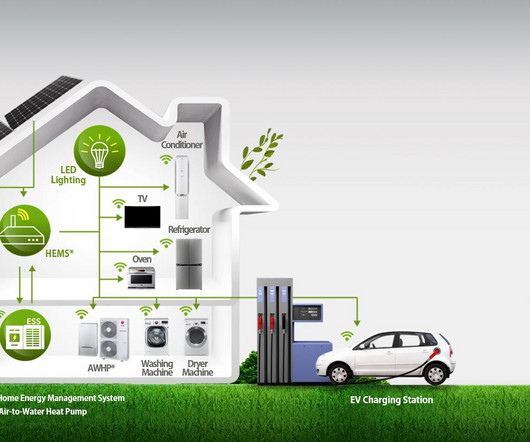













Let's personalize your content